

  |
Love and Mercy: Into the World of Bunraku |
23 October 2019 | |
Drama Centre Theatre | |
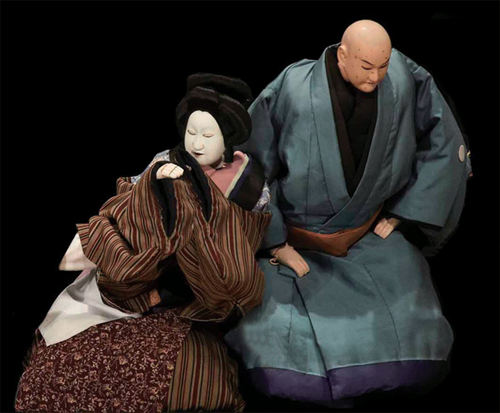 |
|
For the first time ever, there is a chance to watch Bunraku (Japanese puppet theatre) in Singapore! As part of Japan Creative Centre (JCC)’s 10th anniversary, the Singapore Bunraku Steering Committee presents this UNESCO Intangible Cultural Heritage on the local stage at Drama Centre Theatre. Appreciate Japan’s history and traditional culture through two Bunraku performances on 23 October 2019. |
Details of the performance at Drama Centre Theatre |
Date: |
Wednesday, 23 October 2019 |
|
Time: |
2:00pm & 7:00pm |
|
Venue: |
Drama Centre Theatre |
|
Ticketing: |
www.sistic.com.sg / (65) 6348 5555 |
|
|
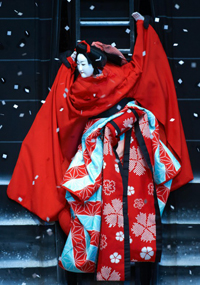 © HAJIME WATANABE |
The Red-Hot Love – The Fire Watchtower: Oshichi is in love with a man named Kichisaburo, but due to circumstances of the families, the two are unable to marry. One day, Kichisaburo loses a sword that was to be offered to the Imperial Palace. If he could not find it by the next morning, he will be ordered to commit suicide. Upon learning that, Oshichi finds the sword and tries to deliver it to Kichisaburo. But the day is turning dark, the wooden door of the town has closed and she cannot reach Kichisaburo. She suddenly remembers the fire watchtower, that when a fire broke out and the bell rang, the wooden doors opened all at once. However, if it is not a fire, it is a crime to ring the bell, and those who sound it will be sentenced to burn in a fire. However, Oshichi makes up her mind and starts to climb… |
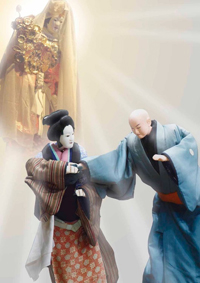 © HAJIME WATANABE |
The Miracle at Tsubosaka Temple – The House of Sawaichi and The Mountain: The blind Sawaichi, who lives in Tsubosaka, Yamato Province, is helped by his wife Osato’s side earnings and they struggle to make ends meet. Sawaichi has felt that Osato is not around at home in the evening and begins to suspect that she might not be working. But in fact, Osato heard about a cure for Sawaichi’s blindness and went to Temple Tsubosaka to pray that her husband’s blindness will be cured. After Sawaichi learns of this, he apologises to his faithful wife for suspecting her. Despairing over the thought that his wife will never be happy if he is around, he throws himself into the valley only to have Osato follow him. By the mercy of the Goddess Kannon (Goddess of Mercy), she saves both husband and wife and restores Sawaichi’s sight. |
About the performers |
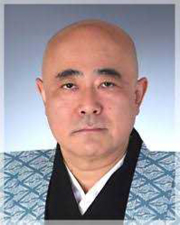 © Takemoto Chitosedayu |
Tayu (Narrator): Takemoto Chitosedayu
|
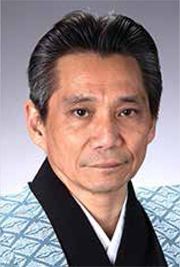 © Tsurusawa Enza |
Shamisen Player: Tsurusawa Enza
|
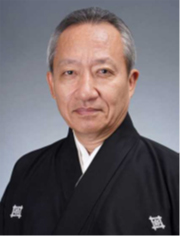 © Kiritake Kanjuro |
Puppeteer: Kiritake Kanjuro
|
Where is Drama Centre Theatre? |
|
Japan Creative Centre 4 Nassim Road, Singapore 258372 +65 6737 0434 / jcc@sn.mofa.go.jp http://www.sg.emb-japan.go.jp/JCC Nearest parking at Orchard Hotel & Delphi Orchard |
|||
|
Singapore Bunraku Steering Committee: General Incorporated Associations JTPA Japan Creative Centre, Embassy of Japan in Singapore Japanese Chamber of Commerce & Industry, Singapore Japanese University Graduates Association of Singapore The Japanese Association, Singapore The Japanese Cultural Society, Singapore | |||
| Programme Partner | Associate Partner | |
| Partner |
| Special Thanks To |
 |